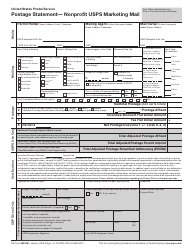

Now, lets now look at the basic ways you can convert text into images. For a starting point look atĬreating Lines of Mixed Font Styles, near the That said some mixed font handling can be done. Is, use the right tool for the right job. The output of these programs (generally postscript format)Ĭan then be converted into an image and further modified by ImageMagick. (or or one of its flavors (see A Complete Text Processing Interactive word-processor, or batch text formatter like " TeX"
Ps to pdf lettersize full#
If you want heavy text processing, you are better off using a full What ImageMagick is not, is a full formatted text and document Image, such as label and captions, the " -background" color setting isĪnd finally the newer " -kerning" and " -interword-spacing" Also the " -fill" color setting and for moreĬomplex text drawing the " -strokewidth", " -stroke" and " -undercolor" colors.

Processing settings such as, the " -font", " -pointsize" to use. See Annotating Images.Īll the text operators also understand and use a set of standard text As such each of methods providedĪre simple text drawing operators, such as adding labels and copyright Is primarily an image converter and modifier. What you have to keep in mind as you study these examples is that ImageMagick Page details specific methods and styles of drawing text. Image, highlighting the versatility of the image processing library. ImageMagick has a lot of different ways in which you can draw text within an Is a good place to start our exploration of IM's capabilities. The most simplest, but with scope for some very fancy results.

Inter-Line Spacing Special Escape Characters in Text Arguments.Captions with Paragraphs Text Attributes and Settings.Vertical Labels Caption - Word Wrapped Labels.Text Operators in ImageMagick Label - Simple Text Label


 0 kommentar(er)
0 kommentar(er)
